So how about those antioxidants? What are they and how do they affect us? Antioxidants are substances that may protect cells from the damage caused by unstable molecules known as free radicals. Free radical damage may lead to cancer. Antioxidants interact with and stabilize free radicals and may prevent some of the damage free radicals might otherwise cause. Examples of antioxidants include beta-carotene, lycopene, vitamins C, E, and A, and other substances.
Considerable laboratory evidence from chemical, cell culture, and animal studies indicates that antioxidants may slow or possibly prevent the development of cancer. Antioxidants neutralize free radicals as the natural by-product of normal cell processes. Free radicals are molecules with incomplete electron shells, which make them more chemically reactive than those with complete electron shells.
Exposure to various environmental factors, including tobacco smoke and radiation, can also lead to free radical formation. In humans, the most common form of free radicals is oxygen. When an oxygen molecule (O2) becomes electrically charged or “radicalized” it tries to steal electrons from other molecules, causing damage to the DNA and other molecules. Over time, such damage may become irreversible and lead to disease including cancer. Antioxidants are often described as “mopping up” free radicals, meaning they neutralize the electrical charge and prevent the free radical from taking electrons from other molecules.
According to USDA chemist Ronald L. Prior, the total antioxidant capacity of the foods does not necessarily reflect their health benefit. Benefits depend on how the food’s antioxidants are absorbed and utilized in the body. Still, this chart should help consumers trying to add more antioxidants to their daily diet.
(Chart Source: WebMD)
| Rank | Food item | Serving size | Total antioxidant capacity per serving size |
| 1 | Small Red Bean (dried) | Half cup | 13,727 |
| 2 | Wild blueberry | 1 cup | 13,427 |
| 3 | Red kidney bean (dried) | Half cup | 13,259 |
| 4 | Pinto bean | Half cup | 11,864 |
| 5 | Blueberry (cultivated) | 1 cup | 9,019 |
| 6 | Cranberry | 1 cup (whole) | 8,983 |
| 7 | Artichoke (cooked) | 1 cup (hearts) | 7,904 |
| 8 | Blackberry | 1 cup | 7,701 |
| 9 | Prune | Half cup | 7,291 |
| 10 | Raspberry | 1 cup | 6,058 |
| 11 | Strawberry | 1 cup | 5,938 |
| 12 | Red Delicious apple | 1 whole | 5,900 |
| 13 | Granny Smith apple | 1 whole | 5,381 |
| 14 | Pecan | 1 ounce | 5,095 |
| 15 | Sweet cherry | 1 cup | 4,873 |
| 16 | Black plum | 1 whole | 4,844 |
| 17 | Russet potato (cooked) | 1 whole | 4,649 |
| 18 | Black bean (dried) | Half cup | 4,181 |
| 19 | Plum | 1 whole | 4,118 |
| 20 | Gala apple | 1 whole | 3,903 |


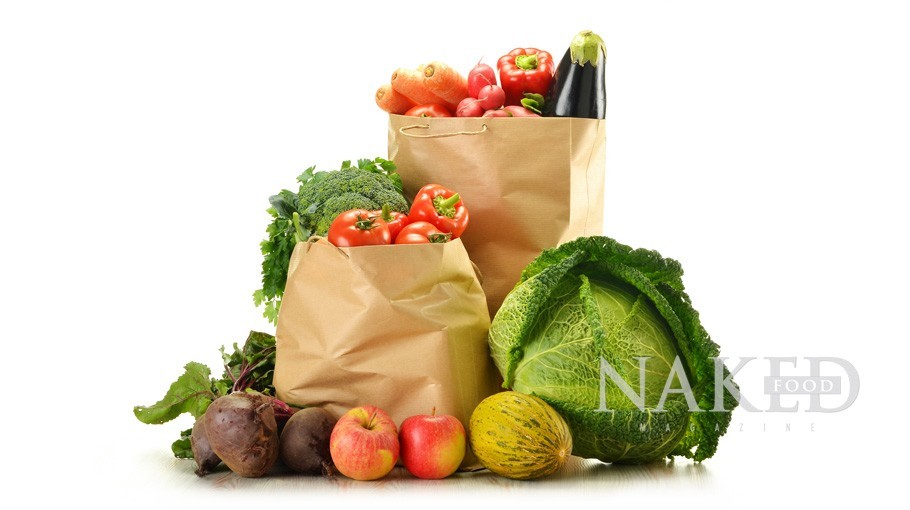
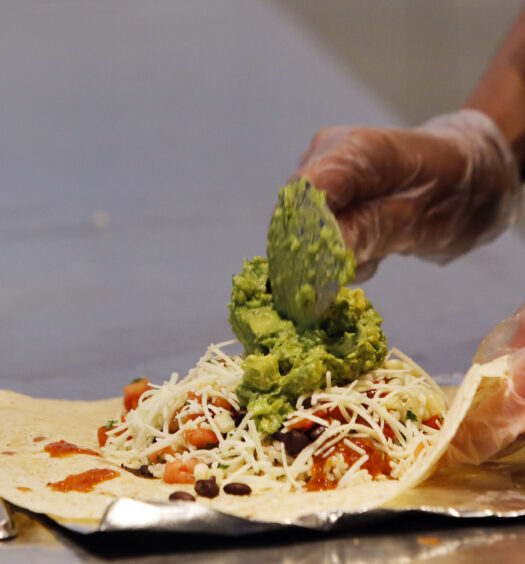

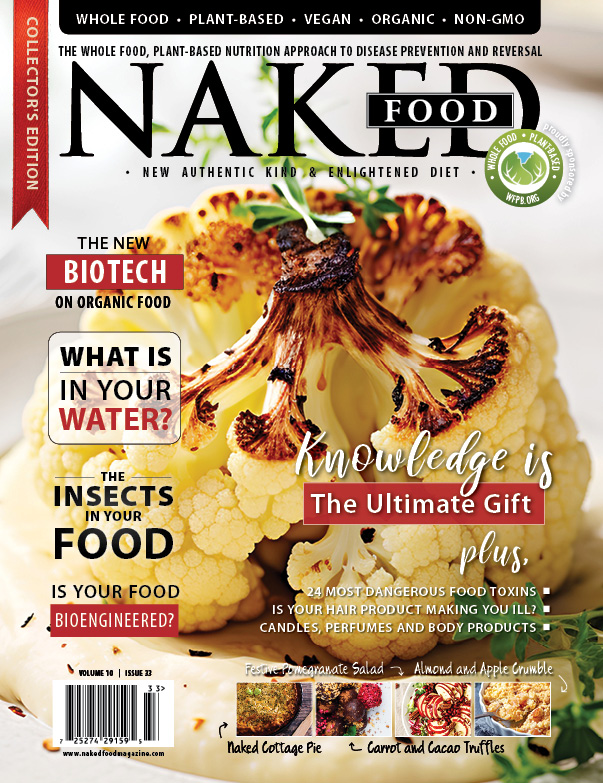


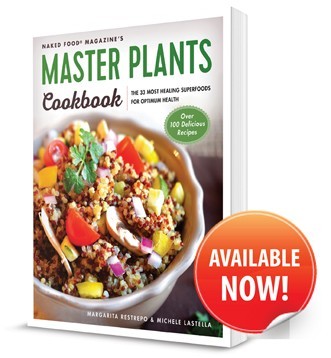











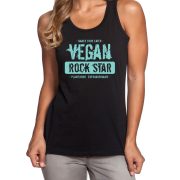
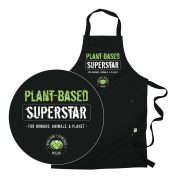
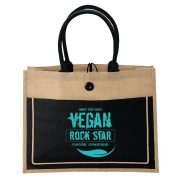

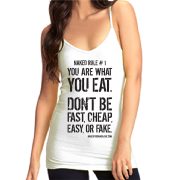
September 25, 2013
Good article. Problem is that food companies are now pushing super foods and antioxidants in food-like products.
October 31, 2012
wonderful information. We need more superfoods! :)
September 12, 2012
Excellent info. So much has been said about starch that has made us believe is a bad choice… Everything that comes from the soil is good, it’s the processed stuff that is bad –
September 12, 2012
I’m into sports and fitness. Can you post more articles on super foods? Thanks!
June 20, 2012
Findings indicate that Himalayan salts help to remedy acne too
June 11, 2012
Good stuff to know!